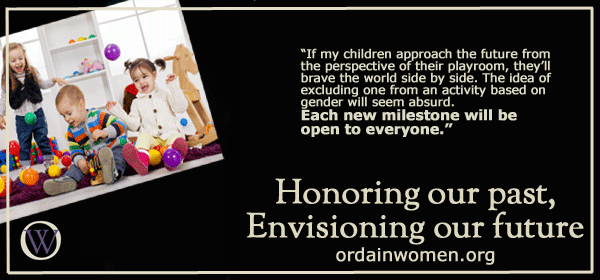Pastels and primary colors mix, mingle, and collide in our crowded toy room. Intricate villages combine blocks and Barbies, and it’s difficult to determine where Pet Shop animals end and Match Box cars begin. Boys rock baby dolls to sleep, and girls crash down towers with monster trucks. Imagination is celebrated and play prioritized, with little regard for real world norms and expectations.
In this world, personalities collide in battles of wills. The oldest expects to create and control the game by default. Her younger brothers resist, but often go along with her intricate plans. Their complex world is increasingly influenced by what they read, hear, and see, yet their genders rarely create limitations for who they can be or what they can do. Their ability to take in what they like and leave out the rest delights me.
My daughter especially refuses to be pink-washed. She embraces fairies, ponies, and princesses, but bemoans their limitations. She reads daring adventures and wonders why the protagonist is almost always a boy. She watches a show with an ensemble cast, inevitably asking, “Why is there always just one girl?”
My eldest son is a born nurturer. His newest baby brother won over his six year-old heart three months ago. He wakes up in the morning seeking out the baby to hold his tiny hand, rushes to his side each time he cries, and finds him for a smile first thing after school. I dread all of the little ways he’ll learn to be cautious about these feelings as he ages, masking them in “masculinity” and praising nurturing as inherent to womanhood.
My daughter rejects the notion that being a girl is anything less or limiting in any way. I revisit the frustrations I felt as a girl through her struggles and listen as she asks hard questions and rages at the inequality in the world.
Her younger brothers are less concerned by these issues, influenced by both age and the excitement of seeing themselves in the hero. They are not aware of otherness until their sister points it out. Yet, they resist stereotyping in their own subtle ways; most notably choosing to be a female character in a video game or during movie role playing.
If my children approach the future from the perspective of their playroom, they’ll brave the world side by side. The idea of excluding one from an activity based on gender will seem absurd. The concept of dividing responsibilities into “girl” and “boy” categories will confuse them. Each new milestone will be open to everyone, requiring special skills only determined by personality and experience.
They will begin to leave the toy room behind in the years to come, my daughter exiting first. She is already pushing back against gender messages in some ways and internalizing them in others. When she wonders why the hero is almost always a boy, I encourage her to reimagine the story with a female protagonist. When the roles for women in a history book, video game, or movie disappoint, I suggest she rewrite them. I hope these are transferable skills, practice for the dedication and determination required to make similar changes in the real world.
I want my sons to be engaged in this process alongside their sister; resisting the complacency and ambivalence so easy to adopt in adulthood. I envision them as men who do not simply acknowledge inequality or limiting gender roles, but who seek to create revisions as well; recognizing how reimagining the same old story creates a better world for everyone.
Honoring our past, envisioning our future
Ordain Women
Mindy, the author of this post, has a profile on Ordain Women.






